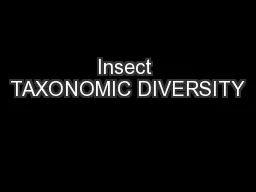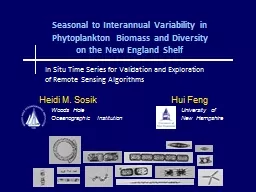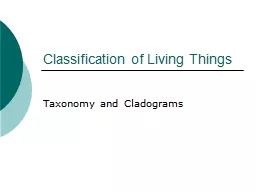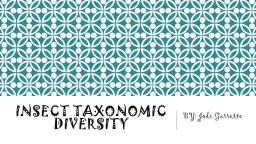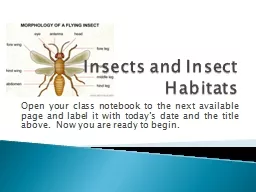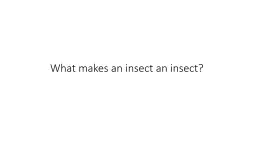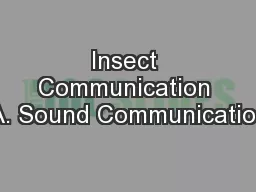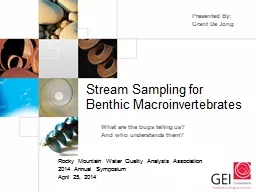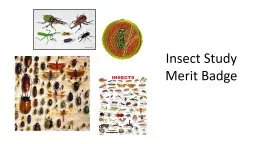PPT-Insect TAXONOMIC DIVERSITY
Author : mitsue-stanley | Published Date : 2015-11-19
By Tyler Anderson Insect order list Ephemeroptera Odonata Coleoptera Blattaria Isoptera Dermatptera Orthoptera Phasmida Hemiptera Lepidoptera Diptera Siphonoptera
Presentation Embed Code
Download Presentation
Download Presentation The PPT/PDF document "Insect TAXONOMIC DIVERSITY" is the property of its rightful owner. Permission is granted to download and print the materials on this website for personal, non-commercial use only, and to display it on your personal computer provided you do not modify the materials and that you retain all copyright notices contained in the materials. By downloading content from our website, you accept the terms of this agreement.
Insect TAXONOMIC DIVERSITY: Transcript
Download Rules Of Document
"Insect TAXONOMIC DIVERSITY"The content belongs to its owner. You may download and print it for personal use, without modification, and keep all copyright notices. By downloading, you agree to these terms.
Related Documents

